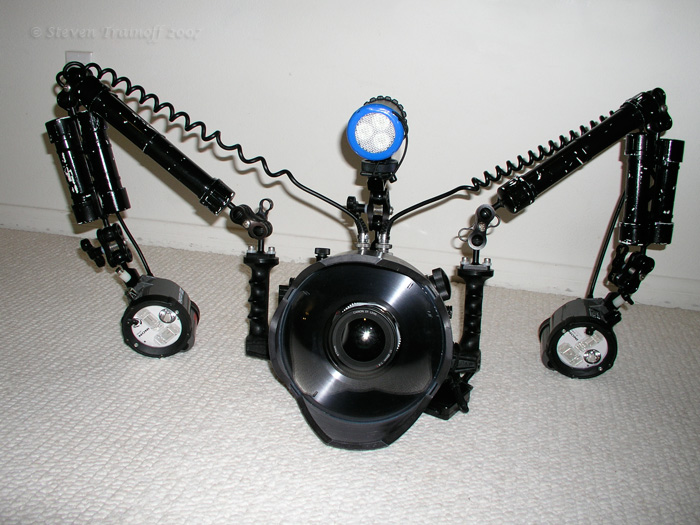fisherdvm
Contributor
- Messages
- 3,577
- Reaction score
- 52
- # of dives
- 200 - 499
Well, this is a swimming question, but likely also a scuba question, especially if you are out of air. I find it easy to enter the sea through heavy waves, but the return was treacherous. I can't seem to time my breathing with the on coming large waves, and swallowed alot of water.
I guess the ideal thing is to do it with a reg, but any suggestions? For both swimming and scuba.
I guess the ideal thing is to do it with a reg, but any suggestions? For both swimming and scuba.




